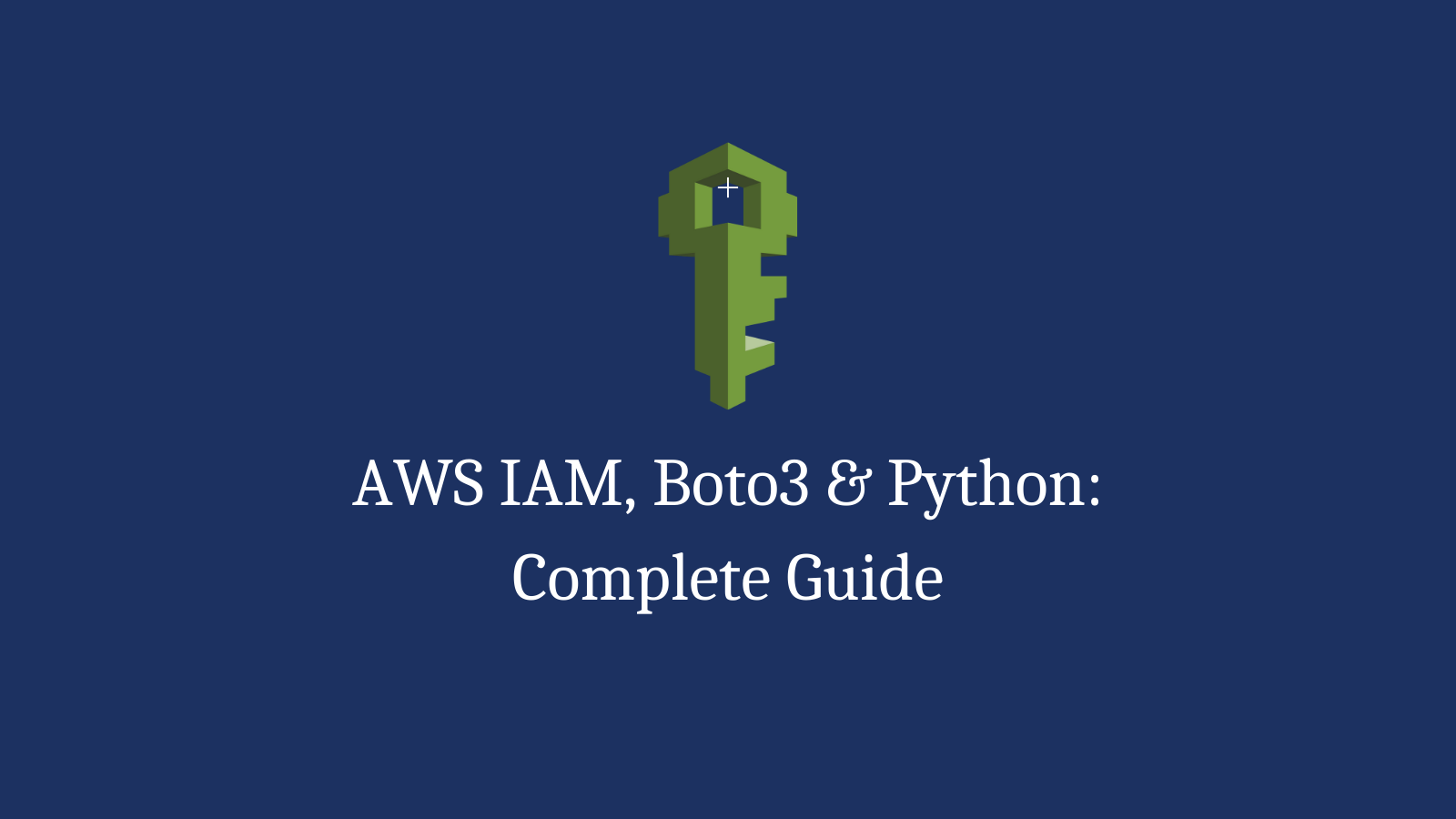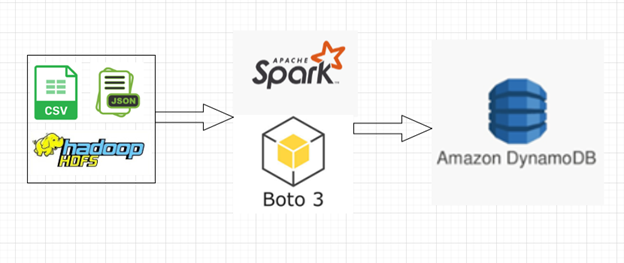

It's powerful enough that it basically is the database behind, so I think it probably can be used for many different use cases. wait_until_exists () print ( "Table Created!" ) returnĭynamoDB is a powerful and flexible NoSQL system - and one of the advantages of using it over MongoDB, for instance, is that you don't have to manage it. exc_info () print ( 'Dynamo Create Table Error:', error ) print ( "Waiting for table creation." ) new_table. create_table ( AttributeDefinitions = [, TableName = table_name, GlobalSecondaryIndexes = indexes, ) except : error = sys.

ReadCapacityUnits (float) -The total number of read capacity units consumed on a table or an index. (string) -(dict) -Represents the amount of provisioned throughput capacity consumed on a table or an index. resource ( 'dynamodb', region_name = region_name ) throughput = int ( throughput ) if indexes : for index in indexes : index = int ( index ) index = int ( index ) if not sort_key and not indexes : new_table = dynamodb. The amount of throughput consumed on each local index affected by the operation. Session ( profile_name = profile ) dynamodb = session. keys (): attributedefs = kwargs else : attributedefs = '' print ( "creating necessary table." ) session = boto3. keys (): indexes = kwargs else : indexes = '' if 'attributedefs' in kwargs. keys (): throughput = kwargs else : throughput = '5' if 'indexes' in kwargs. keys (): sort_key = kwargs else : sort_key = '' if 'throughput' in kwargs.

Let's say you want to check if a table exists, create a table, then fill it with some values from a dictionary.ĭef create_table ( ** kwargs ): """ This creates a new table in Dynamo args: table_name, region_name, partition_key, sort_key, throughput, indexes, attributedefs """ table_name = kwargs region_name = kwargs profile = kwargs partition_key = kwargs if 'sort_key' in kwargs.
#BOTO3 LOCAL DYNAMODB CODE#
One thing I mentioned in the past post is that when you are using Boto3 heavily, it is important to build your own set of Boto3 functions which help you to make your code more readable, and so that you don't repeat yourself. You can create new tables, read and write data either individually or in bulk, you can delete tables, change table capacities, set up auto-scaling, etc. Using Boto3, you can operate on DynamoDB stores in pretty much any way you would ever need to. You just need to set the appropriate endpoint such as you can do with other language SDKs. import boto3 We will invoke the resource for DyanamoDB. The import statement combines two operations it searches for the named module, then it binds the results of that search to a name in the local scope. It's a little out of the scope of this blog entry to dive into details of DynamoDB, but it has some similarities to other NoSQL database systems like MongoDB and CouchDB. Python code in one module gains access to the code in another module by the process of importing it. One of the services I've used quite a lot is DynamoDB. As I described in my last post, Boto3 is the higher level SDK for AWS services.


 0 kommentar(er)
0 kommentar(er)
